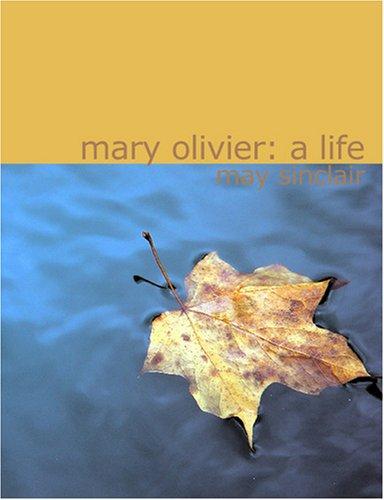 by Courtney Hilden
by Courtney HildenSpoiler Alert!: Some of the endings of the stories are revealed in this review.
Earlier, we here at Recommended reviewed Terror Trips, a collection of horror stories from Goosebumps told in a graphic narrative style. Creepy Creatures is the same basic format: three horror stories from R.L. Stine. Because this is Goosebumps, the stories are meant to still be appropriate for younger readers. "The Werewolf of Fever Swamp" is about a family that moves into a new neighborhood and finds there may be werewolves living in the forest. "The Scarecrow Walks at Midnight" is about two siblings whose trip to their grandparents farm is ruined by animated scarecrows. And "The Abominable Snowman of Pasadena" is about a scientist father and his children bringing home Bigfoot.
The artwork is all three stories is distracting. Both "The Werewolf of Fever Swamp" and "The Scarecrow Walks at Midnight" have art that is relatively realistic, particularly the latter. The art for "The Abominable Snowman of Pasadena" is much more cartoony, but the eyes are really distracting, with uncolored pupils.
The two superior sections, in terms of storytelling, are "The Werewolf of Fever Swamp" and "The Scarecrow Walks at Midnight." In the werewolf story, in the end, the young man and narrator turns into a werewolf, which, considering these stories are meant to be for children (just about no one ever dies), is surprising. "The Scarecrow Walks at Midnight" is actually interesting because it depicts one of the grandparents' employers, Stanley, who is depicted as having some kind of special need.
It is this character who is the most problematic. Stanley is the bad guy in the story, who has created zombie-like scarecrows based on things he read in a magic book. People with disabilities are often depicted as stupid, pathetic, evil or combinations thereof. In this story, Stanley is depicted as all of them. He is evil enough to use his scarecrows to threaten the grandparents and the siblings, but too stupid and pathetic to effectively control or destroy the scarecrows. No real motivation is given for his actions; apparently his "inabilities" do that for him. No critique of the family that employs him or society that marginalizes someone like him is given (which would have served for a more reasonable and sympathetic motivation.) Instead, he is just bad. Instead, he is just like his zombie-scarecrows; dangerous and needing to be controlled by the employers (easily read here as capitalists) and the abled.
Creepy Creatures is not as good as Terror Trips, both in terms of art and storylines. Creepy Creatures also has some problematic depictions of those with special needs, which discerning parents might want to shield their children from or at least discuss with them.





